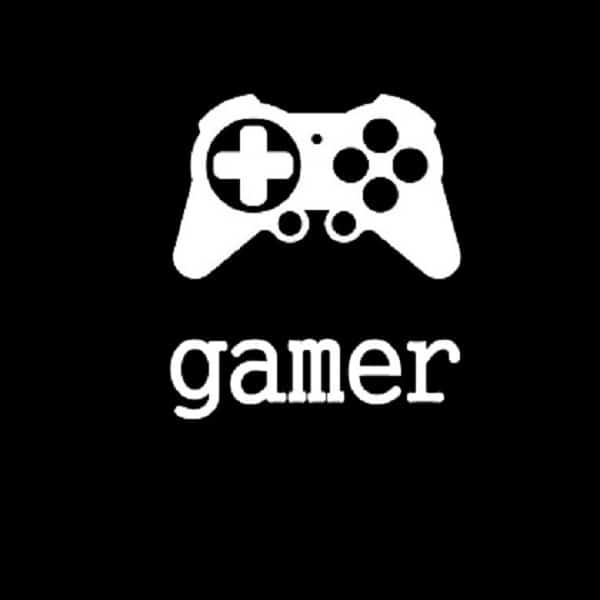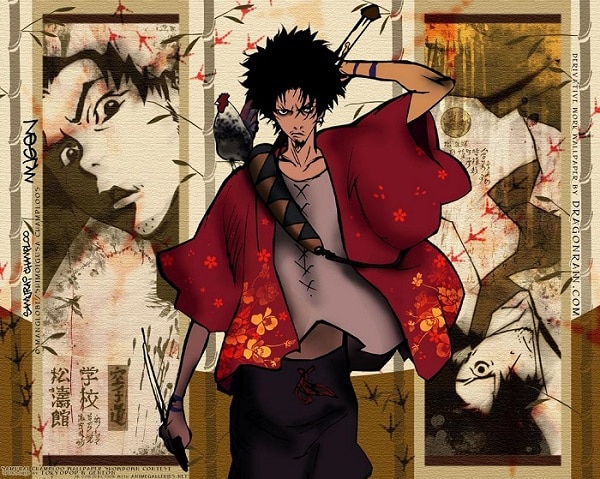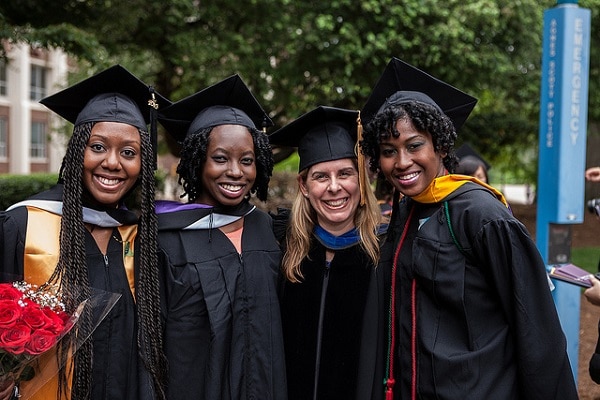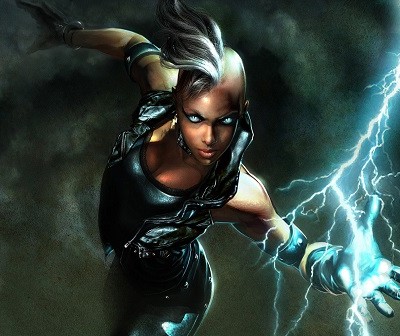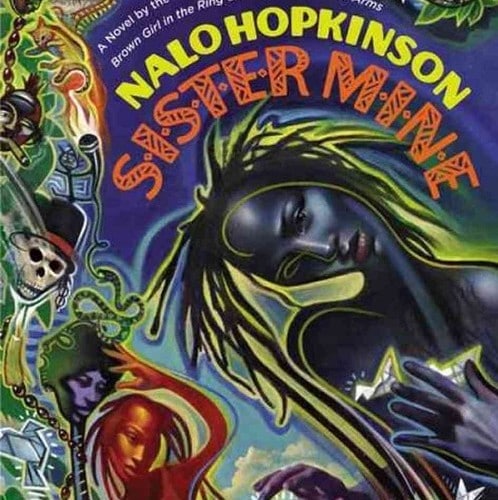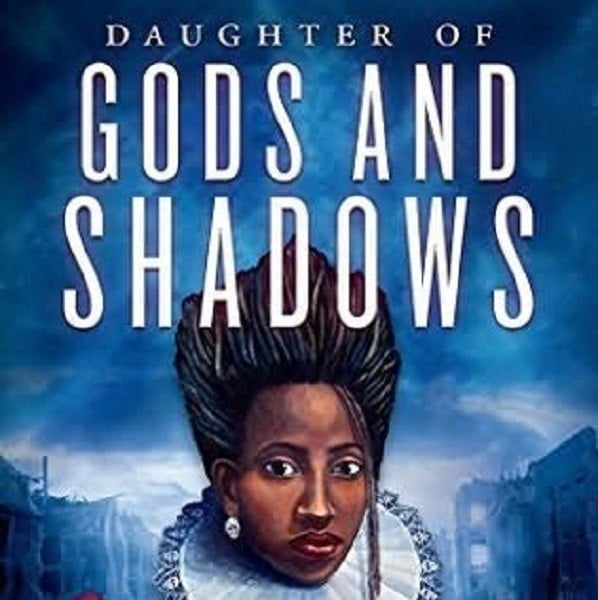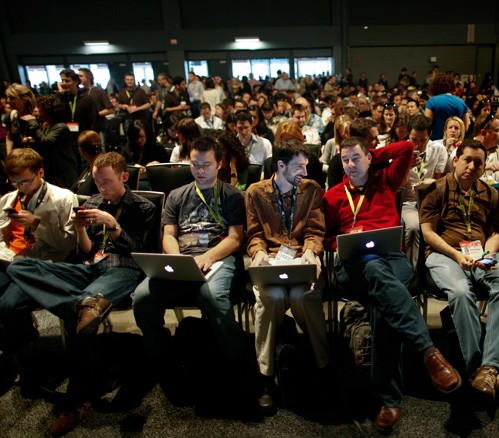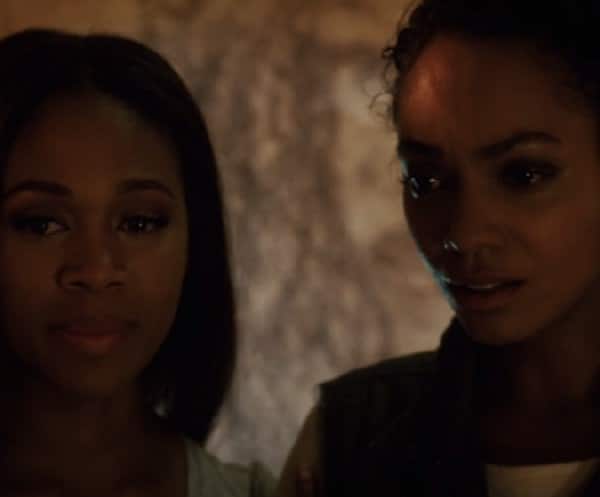Another day, another time that I’ve had to justify why I like certain things, why I read certain books and why I talk or act in a certain way. So I was hanging out with a new crowd of folks I recently met, and we start talking about music and pop culture.
Everyone around me is discussing the latest hip-hop jam, what happened on the last episode of one of those housewife reality shows, or what ignorant a**hole we’re all mad at today on Twitter. Ordinarily, I would feign interest and even add an “I know, right?!” every now and then. But this time I literally had NO idea what everyone was talking about, so I just sorta smiled and nodded as they chatted.
Then all of a sudden, one of my new friends asked my opinion about a particular recording artist and of course I said, “oh, I’m actually not familiar with him” (honestly, I was dying to talk about Alabama Shakes, but I didn’t bother to bring them up). The group kind of paused for a sec, then my friend said “oh I forgot, you have a Black alternative experience that’s so different from the rest of us.” I’m sure she didn’t mean to come across as condescending as she did, so I didn’t really react to it, but this is the type of comment that generally gets an eye roll from me.
First of all, continuing to view other Black folks as different or weird is precisely the type of mindset that divides us and doesn’t honor our various quirks. And second of all, in this age of the nerd, is it really even accurate to consider us “alternative?” Despite our growing presence in pop culture and on sites like Black Girl Nerds, people still see us as an “other”?
Hello, people. It’s time we embrace the fact that the nerd is omnipresent and is not just a fad. We’re not radical and, frankly, there’s nothing new about Black girl nerds. We’ve been here for years, despite the fact that we are finally getting recognized. And we’re not going anywhere.
Source: Candice at Black Girl Nerds


